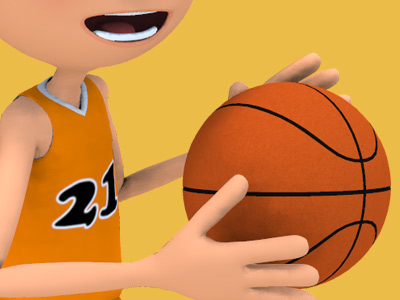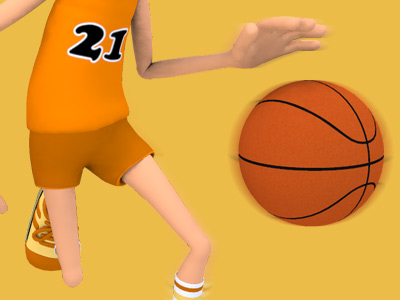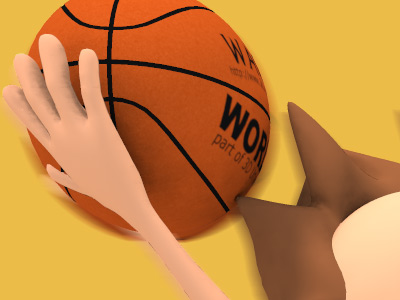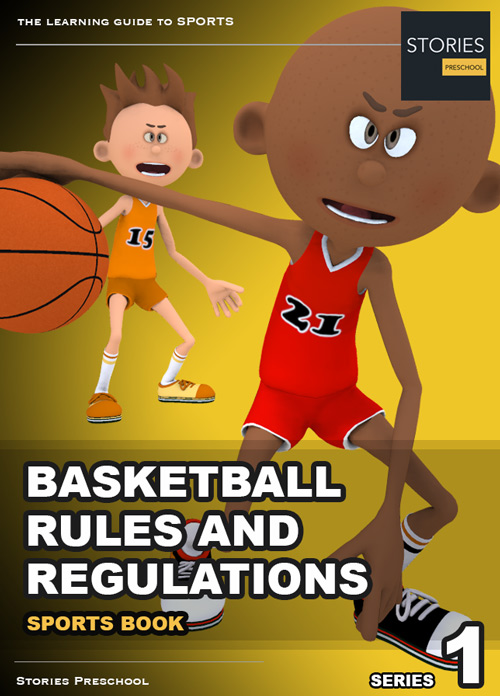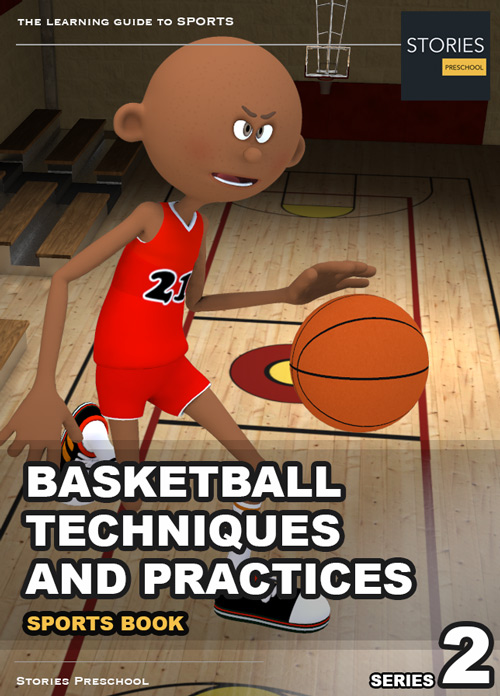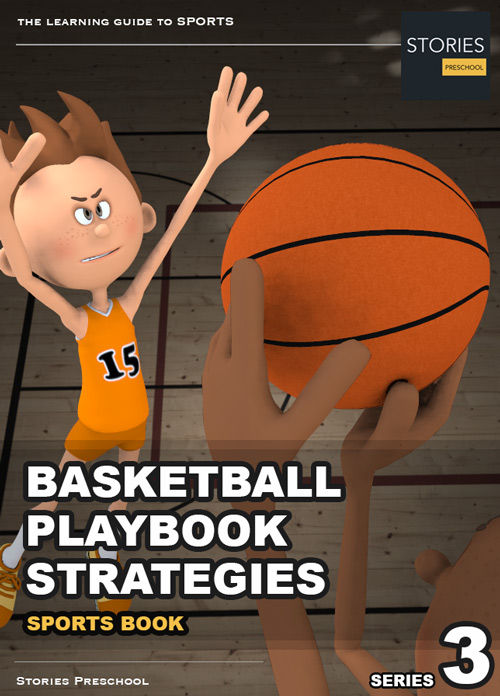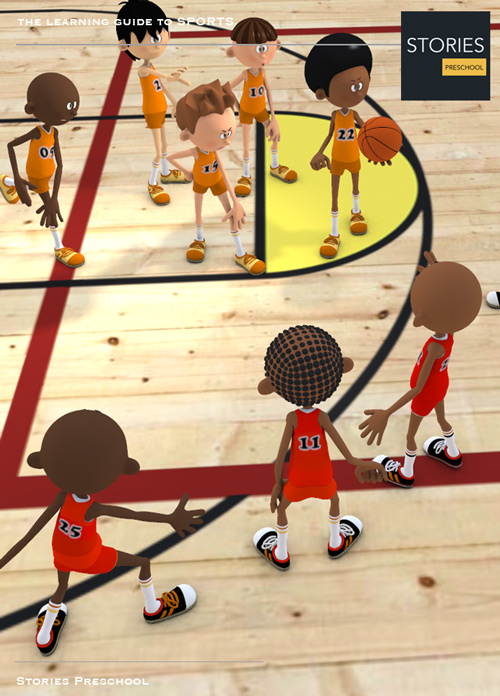Basketball
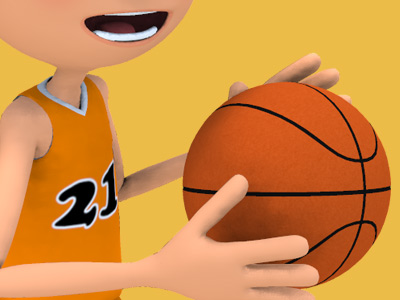
Bonus Situation (Basketball)
In the sport of basketball, the bonus situation (also called the penalty situation) occurs when one team accumulates a requisite number of fouls, which number varies depending on the level of play. When one team has committed the requisite number of fouls, each subsequent foul results in the opposing team's taking free throws regardless of the type of foul committed (i.e., whether or not the foul was a shooting foul). Teams under the limit are commonly referred to as having fouls to give, and thus they can try to disrupt their opponents without being penalized free throws.
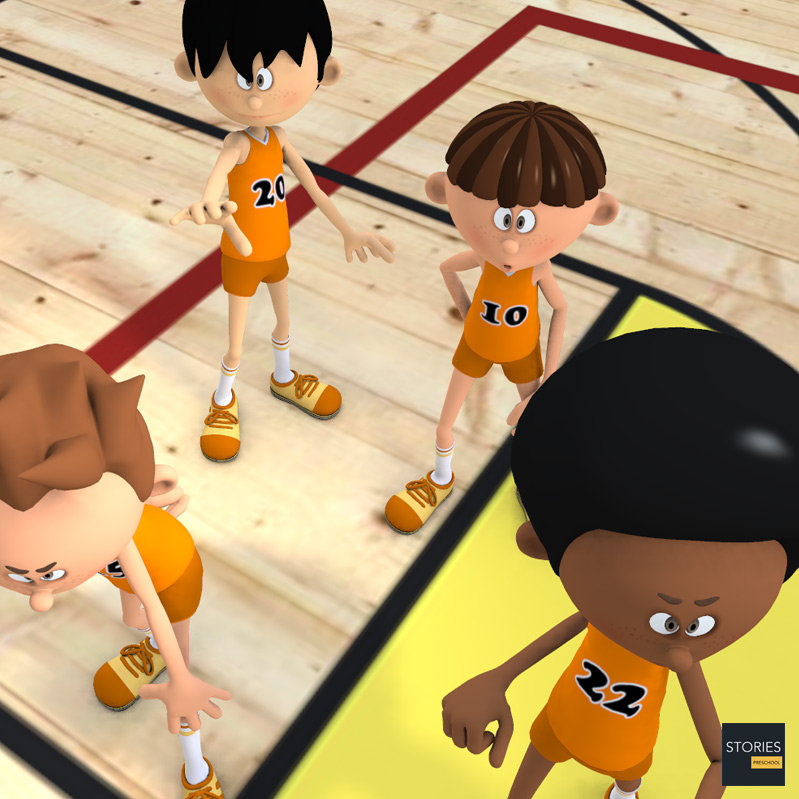
FIBA
Under FIBA rules, used for all competitions involving international teams and most leagues outside the U.S., the penalty is triggered when a team commits more than four fouls in a quarter; the fifth and subsequent team fouls will incur penalty free throws. All subsequent non-shooting defensive fouls committed by that team in the same quarter concede two free throws. All fouls committed by players count towards the team foul count.
Only defensive fouls are awarded free throws.
Team fouls accrue from the fourth period on, as all overtimes are extensions of it for the purpose of team foul accumulation.
FIBA 3x3
The 3-man game, known as FIBA 3x3, has a slightly different penalty rule. The penalty is triggered when a team commits more than six fouls in a game. Each penalty situation involved two penalty free throws, and the tenth and subsequent fouls will also include possession of the ball.
NBA
In the National Basketball Association, bonus rules in a quarter apply starting with the fifth team foul. The NBA rules on the team foul penalty are similar to the FIBA version, with three major differences.
Only defensive and loose-ball fouls count towards a team's limit for the team foul penalty. Offensive fouls do not count towards the team foul penalty.
The team foul penalty applies in a period after a team commits one foul in the final two minutes if the team had not reached the penalty phase in the first ten minutes of that period. In other words, within any period free throws are awarded starting from the fifth foul OR from the second foul in the last two minutes of the period, whichever comes earlier.
If a game enters overtime, the foul counts are reset to 0, and are similarly reset before each subsequent overtime period. The penalty phase starts with the fourth foul in each overtime period rather than five for regulation periods, since overtime periods are much shorter than regular game periods (five minutes vs. twelve in regulation play). As in regulation play, two free throws are awarded for non-shooting defensive fouls during the bonus period, and one foul in the final two minutes automatically puts the team in the team foul penalty.
There is also a unique rule in the NBA regarding players where, although a technical foul is assessed, it is similar to a bonus situation. A player who commits his sixth (and subsequent) personal foul and must remain in the game because the team has no eligible players remaining, or a player who was the last player to commit six fouls, and with no eligible players following an injury or ejection, is called back to the game, commits a technical foul, which in effect is a single free throw, regardless of offensive or defensive foul.
WNBA
In the Women's National Basketball Association, the same bonus situations apply as in the NBA during regulation periods. As before, all fouls mentioned above for the NBA apply. A team foul penalty occurs once the team commits a foul in the last minute should that team fail to reach the penalty in the first 9 minutes of a period (or first 4 minutes of overtime). Generally free throws will be taken on the 5th foul OR 2nd foul in the last minute of any period, whichever is earlier. Should a game go to overtime, foul counts are reset. The foul limit in overtime, as in the NBA, is just three.
NCAA
The bonus situation is also used in American men's college basketball, but the NCAA rules are much different from the bonus rules of the NBA. The basic bonus rules remain the same, but the limit for team fouls is six per half. After the seventh foul of the half, the opposing team is awarded at least one free throw for any defensive or loose-ball foul, no matter if the foul was shooting or non-shooting (offensive fouls are never awarded free throws in the NCAA). In the case of a non-shooting foul, the opposing player must make the first free throw in order to be awarded a second free throw. This is commonly referred to as "one-and-one", or an "and-one". (A shooting foul is not subject to this requirement; the player will get all free throw attempts allowed by the rules regardless of the result of the preceding shot.) Beginning with the tenth foul of a half, the fouled team is awarded two free throws on non-shooting fouls regardless of whether or not the first shot is made (often referred to as the "double bonus"). For purposes of bonus, overtime in college basketball is considered to be an extension of the second half.
Women's college basketball followed men's bonus rules until the 2015–16 season, when it adopted FIBA bonus rules: four fouls per period; two free throws on every team foul over four; team fouls accrue from the fourth period on, as all overtimes are extensions of it.
The rules of the National Federation of State High School Associations (NFHS), which govern high school basketball in the United States, follow NCAA men's rules on this point for both boys' and girls' play. Even though the NFHS rules divide the game into quarters, the team foul count resets only at halftime.
SPORTS
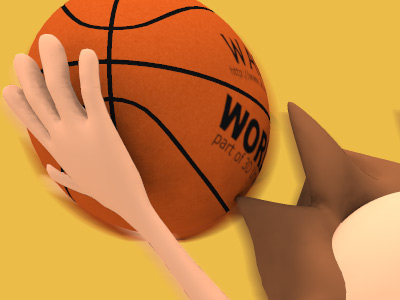
RESOURCES
This article uses material from the Wikipedia articles "Basketball" and "Bonus (basketball)", which is released under the Creative Commons Attribution-Share-Alike License 3.0.
© Stories Preschool. All Rights Reserved.
